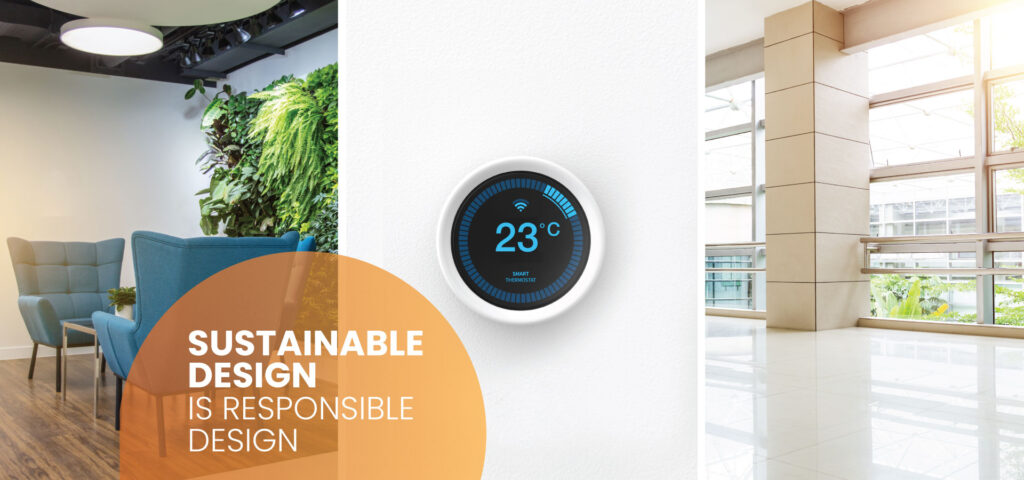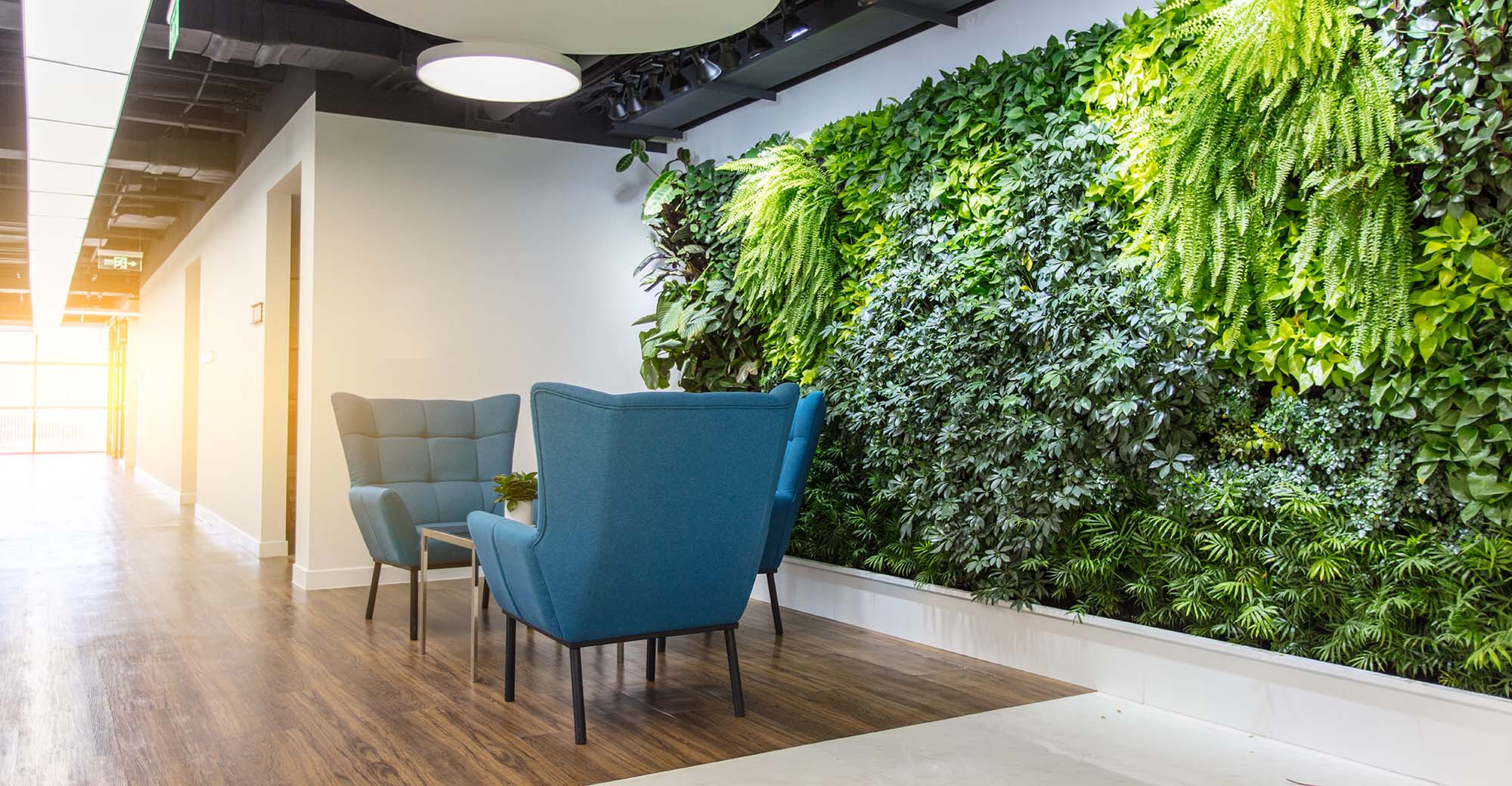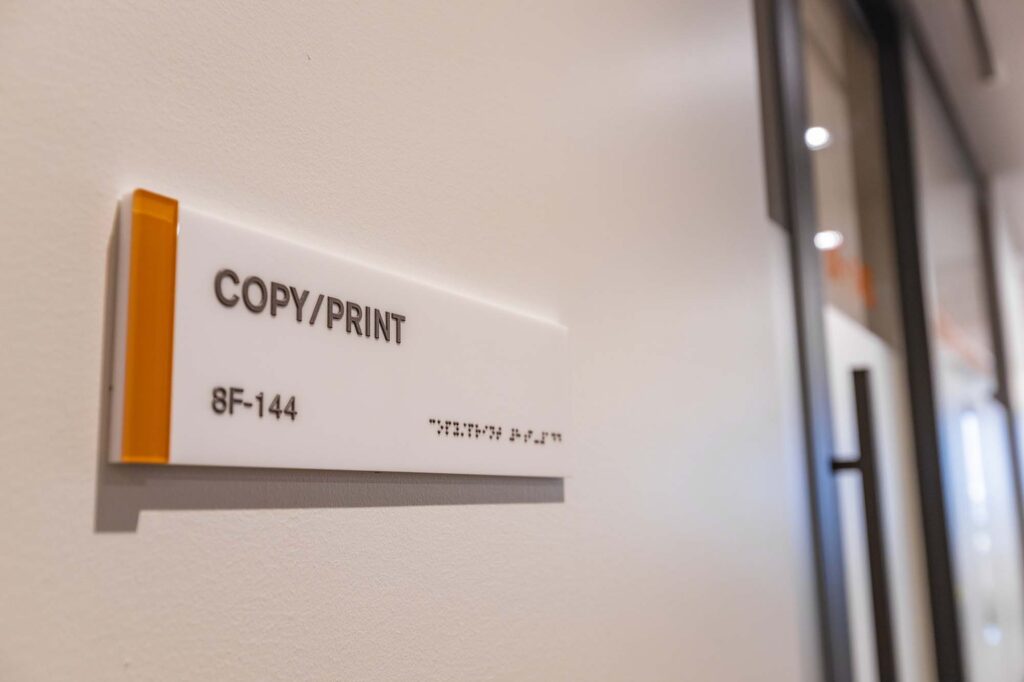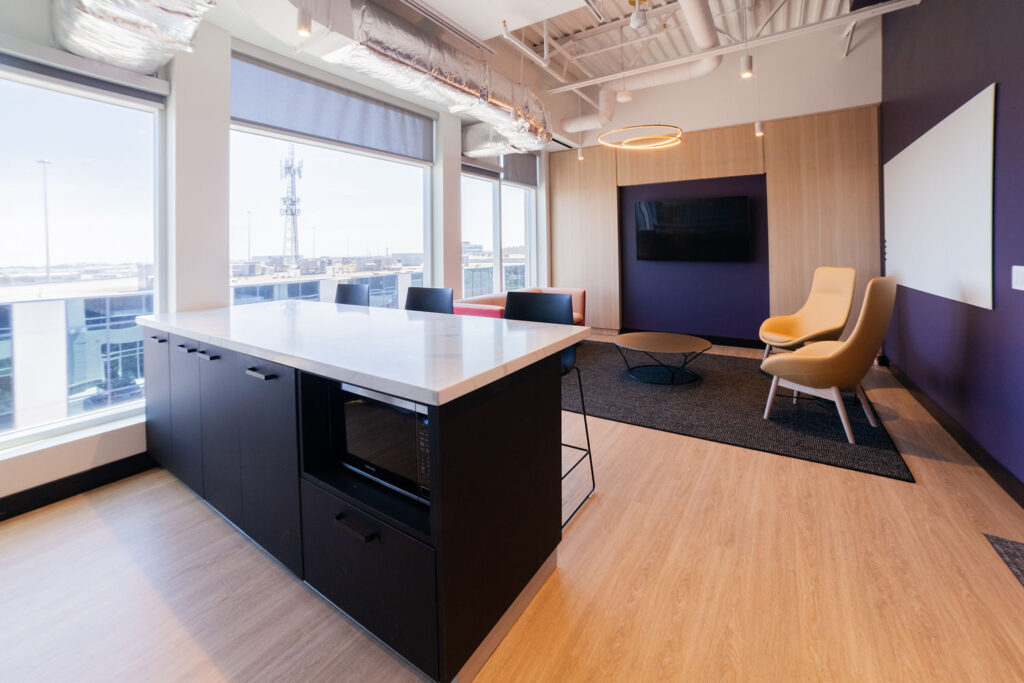When the pandemic first took hold, the temporary global shutdown seemed like a solid win in the fight against climate change. Data showed that lockdown measures in the Spring of 2020 resulted in a decrease of carbon emissions.
Unfortunately, that decrease was temporary; as the world began to open, emissions rose and as a society, we fell back into a number of our same patterns and habits with no commitment to permanent change with respect to environmental health and future sustainability.
However, the “new norms” related to the pandemic did teach us a few things, which, in turn have and will continue to result in a positive result related to climate change.
BEFORE AND AFTER: THE IMPACT OF THE PANDEMIC ON WORK AND OFFICE DESIGN
- Meetings Prior to COVID, it was common for business executives to hop on a plane for a day of meetings or a 2-day conference. The pandemic has taught us that video conferencing can be equally effective at hashing out a deal and getting to know someone ‘face-to-face’ without having to be physically present. We believe that companies will promote mixed presence board rooms and sophisticated web platforms to continue this internet-meeting trend.
- Transportation Road transportation accounts for 1/5 of greenhouse gas emissions. Cycling to work in urban centres can significantly impact our carbon footprint. From an office design standpoint, we believe that there will be an increased demand for bike storage, lockers and shower facilities in workspaces of the future.
- Local supply A shorter supply chain can mean a shorter lead time to source and deliver products which is always pleasing to the client and ultimately leads to less greenhouse gasses emitted and potentially less cost.
- Air Spending a lot of time indoors has made us more aware of the environmental quality of residential and commercial spaces. To this end, we have been adding plants, humidifiers and air purifiers to the offices we create for our clients.
Since the steady delivery and rollout of vaccines started in January, Mayhew has been working with clients to incorporate sustainable design into their office spaces. New plans are being generated in order to prepare for employees returning to the workplace using the 2016 World Green Building Council report, “Building the Business Case: health, wellbeing and productivity in green offices” as our guide.
Here are their eight key takeaways for designing a greener and healthier workspace:
- Indoor Air Quality and Ventilation: Healthy offices have low concentrations of CO2, VOCs and other pollutants and high ventilation rates. Interestingly (but not surprisingly), cognitive scores for workers in a green, well-ventilated office increased by 101%.
- Thermal Comfort: Healthy offices have a comfortable temperature range that staff can control. When offices are too hot, staff performance falls 6%; when offices are too cold, staff performance falls by 4%. Designing an office that provides thermal comfort is key to employee satisfaction and increased productivity.
- Daylighting and Lighting: Healthy offices have generous access to daylight and self-controlled electrical lighting. Workers in offices near windows sleep an average 46 minutes longer at nighttime.
- Noise and Acoustics: Healthy offices use materials that reduce noise and provide quiet spaces to work. Staff performance falls 66% because of distracting noise. Incorporating noise cancellation into office design can go a long way in creating a productive working environment.
- Interior Layout and Active Design: Healthy offices have a diverse array of workspaces, with ample meeting rooms, quiet zones, and stand-sit desks, promoting active movement within offices. Flexible workspaces help staff feel more in control of their workspace and workload, increasing employee engagement.
- Biophilia and Views: Healthy offices have a wide variety of plant species inside and out as well as views of nature from workspaces. Processing time at a call centre improved by as much as 12% when staff had a view of nature.
- Look and Feel: Healthy offices have colours, textures, and materials that are welcoming, calming and evoke nature. Visual appeal is a major factor in workplace satisfaction and not be neglected when it comes to office interior design.
- Location and Access to Amenities: Healthy offices have access to public transport, safe bike routes, parking, showers, and a range of healthy food choices.
Sustainable design is responsible design. It creates attractive and functional spaces that elevate the human experience and people’s health without compromising the condition and wellbeing of the planet.
It considers the impact of every design element, adapting its approach to maximize benefits for the occupants while minimizing energy use and waste.
Take care of your world by taking care of your people. Give us a call to speak with our team of registered office interior designers and product specification experts to find out how Mayhew creates and maintains workplaces that work.
We are here to help!




